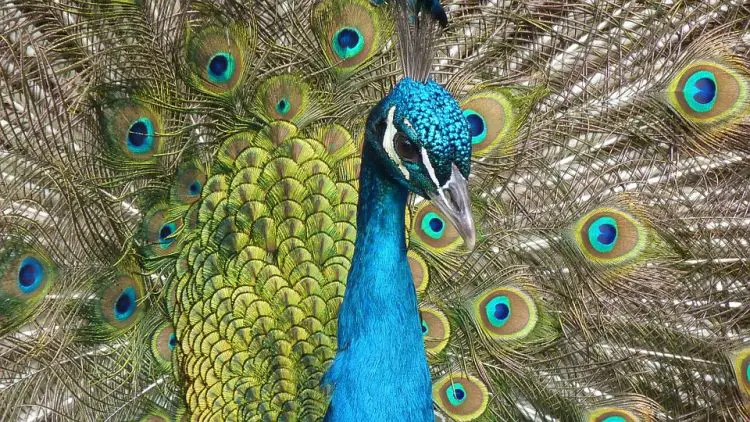What Is The Meaning Of Peacock In Bible?
Peacock feather meaning in Christianity
Meaning of peacock in Bible and symbolism.
The symbology of the peacock is long, since its majesty caught the attention of man already in times past. Although associated with the concept of vanity, the peacock is, in almost all cultures, a solar symbol related to beauty, glory, immortality and wisdom.
He is originally from India and it was Alexander the Great who took him to the West along with his symbolic meaning through Babylon, Persia and Asia Minor, reaching Greece in the Classic Period. Its solar symbolism is undoubtedly related to its long tail of colors and its eye-shaped drawings that, due to its circular shape and brightness, also connect with the life and eternal cycle of nature.
The peacock is the national bird of India. In Hinduism, the peacock serves as a mount for Skanda, the god of war. Numerous traditions, especially in southern India and Sri Lanka also relate it to local deities, representing for example the power of thunder.
Many of India’s folk dances show steps inspired by the peacock courtship dance. A popular belief of Hindu countries argues that when the peacock unfolds its tail it is a sign of rain. In ancient Greece, it was the symbolic bird of Hera, the most important Greek goddess of Olympus, legitimate wife of Zeus and goddess of women and marriage.
As they say, Hera commissioned Argos, a giant with a thousand eyes, to watch one of the lovers of her unfaithful husband but was killed by Hermes. When the goddess learned of the death of Argos,
In Rome, princesses and empresses took the peacock as their personal symbol. In this way, the peacock passed to Christian symbolism strongly related to the Great Goddess so it is not difficult to understand his positive connection with the Virgin Mary and the delights of Paradise.
In the Christian religion
In the Christian religion, it is considered a resurrection symbol of Christ because in spring, Easter time, the bird changes completely of plumage. It is not usually represented with its tail deployed as it is an image that suggests vanity, a concept contrary to charity and the humility of the message of Christianity.
You can see mosaics of the fourth century with this figure in the church of Santa Constancia, in Rome, as well as in some Christian catacombs.
At the time of King Solomon, his fleet of Tarsis ships carried cargoes of “gold and silver, ivory, and monkeys and peacocks” on their three-year journeys. (1 Kings 10:22) Although some of Solomon’s ships traveled to Ofir (possibly, in the Red Sea area; 1 Kings 9:26-28), in 2 Chronicles 9:21 the transportation of the mentioned cargo is related – including the peacocks – with the ships that “went to Tarsis” (probably in Spain).
Therefore, it is not known for sure where peacocks were imported. It is argued that these beautiful birds are native to the SE. from Asia, and abound in India and Sri Lanka. There are those who believe that the Hebrew name (tuk · ki · yím) is related to the name tokei, “peacock” in ancient Tamil. Solomon’s fleet could have acquired the peacocks when they made their usual route and stopped at some commercial traffic center that had contacts with India.
Also interesting is what the play The Animal Kingdom says: “For centuries scientists have assumed that there were no peacocks in Africa; Its known habitat was Insulindia and Southeast Asia. The belief of the naturalists collapsed in 1936, when the Congo peacock [Afropavo congensis] was discovered in the Belgian Congo ”(by Frederick Drimmer, 1954, vol. 2, p. 988).

